Open chromatin and ATAC-seq
Nathan Sheffield, PhD

Outline
Regulatory DNA
Basic analysis
|
|
20%
60%
20%
|
Chromatin accessibility protocols
◁ Questions ▷
What is regulatory DNA?

Regulatory DNA is a decision-maker
Challenges to studying regulatory DNA
- Variation: age, cell-type, environment, disease
- Amount: 1-2% protein coding vs 8-20%? regulatory
- Target: what gene does it affect?
- Function: is it a promoter, silencer, insulator, enhancer?
- Rigidity: genetic code vs TF motifs
Genetic code
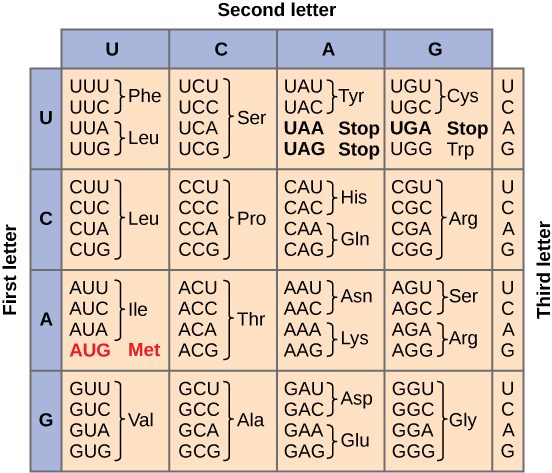

Transcription factor motif

We can computationally identify genes and even predict function. Regulatory DNA is more difficult.

Chromatin accessibility
Chromatin accessibility is the degree to which nuclear macromolecules are able to physically contact chromatinized DNA...
[It] is determined by the occupancy and topological organization of nucleosomes as well as other chromatin-binding factors that occlude access to DNA.
Klemm et al. 2019
How can we identify regulatory DNA?

https://en.wikipedia.org/wiki/Chromatin
How can we identify regulatory DNA?
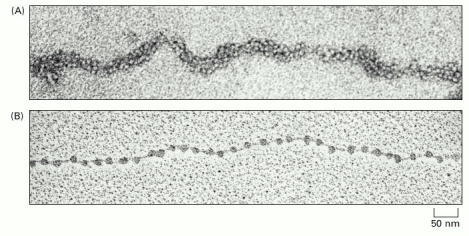
Alberts 2002
How can we identify regulatory DNA?
- ChIP: Chromatin immunoprecipitation
- DNase: classic 'gold standard' to identify open chromatin
- ATAC: Assay for transposase-accessible chromatin
- FAIRE: Formaldehyde-assisted isolation of regulatory elements
ChIP-seq
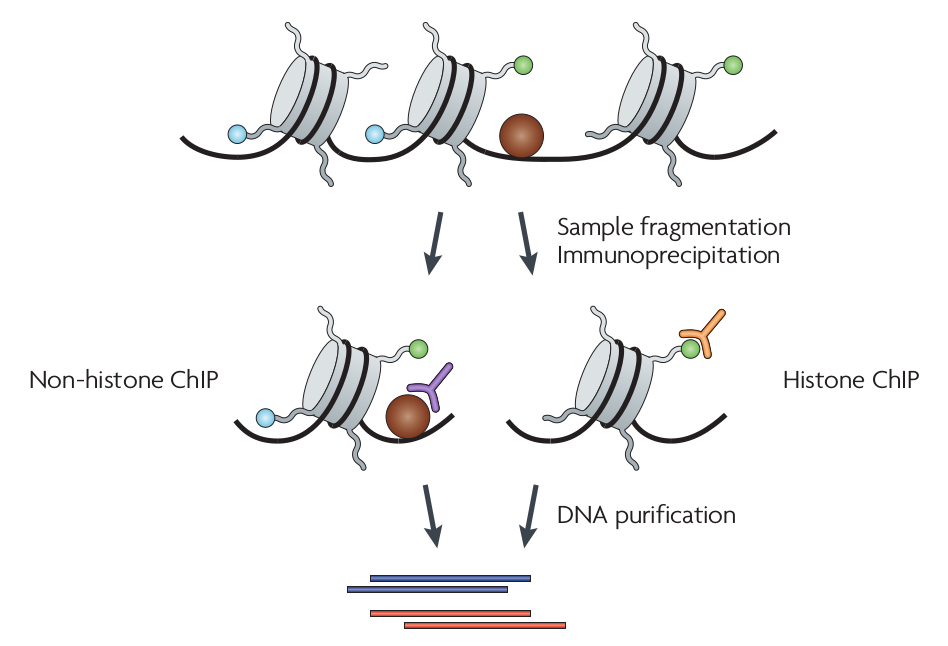
DNase-seq: Biology

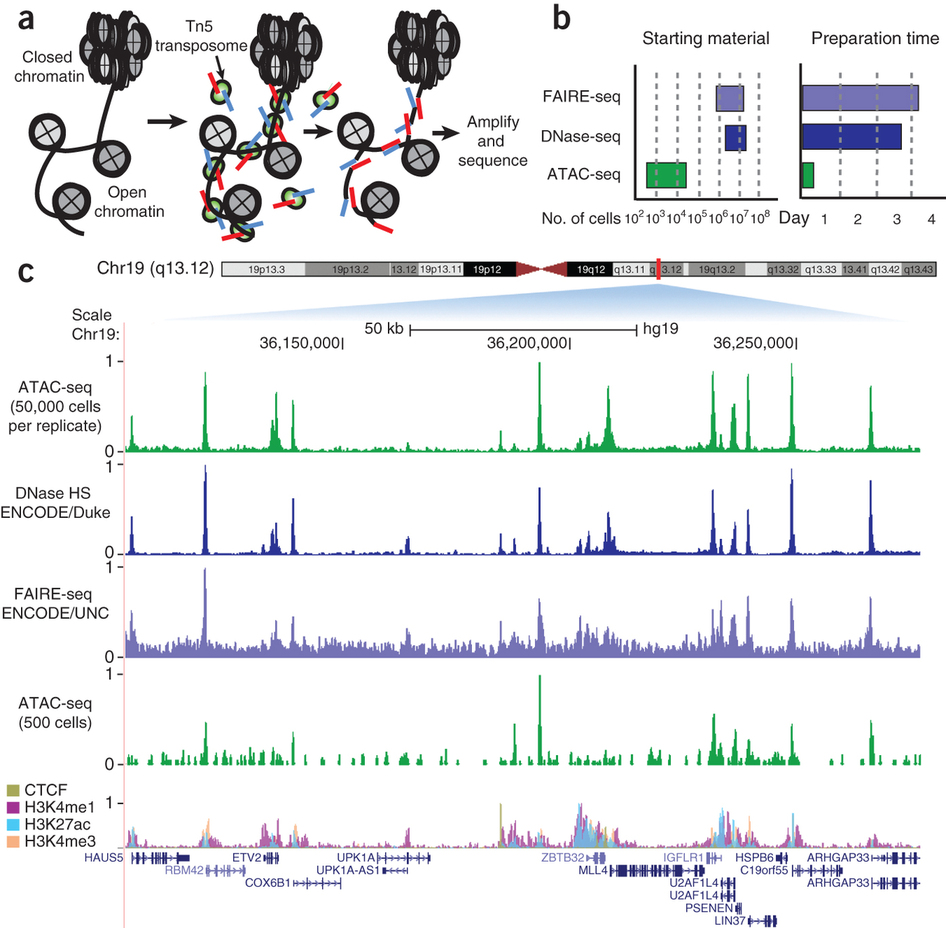
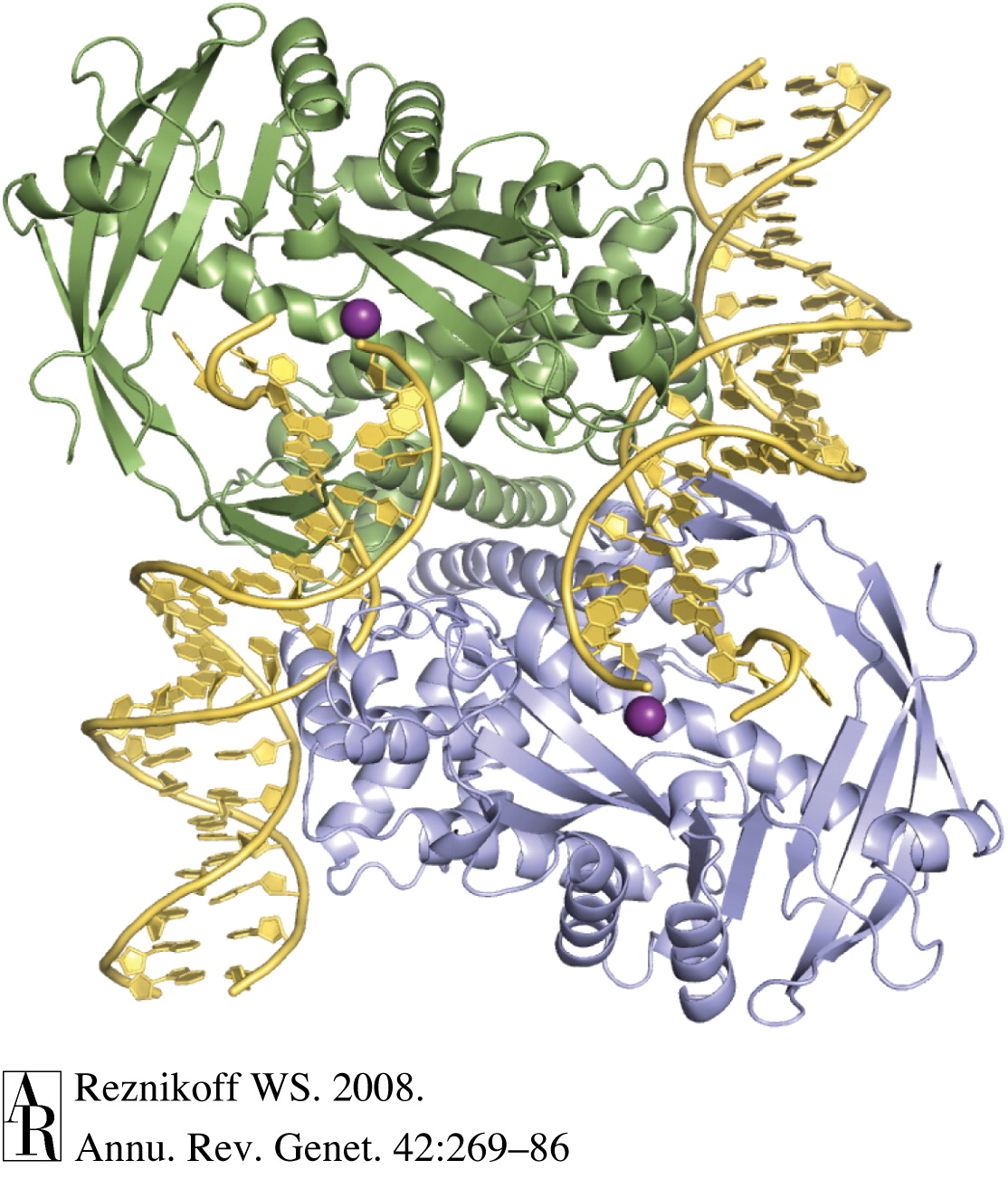
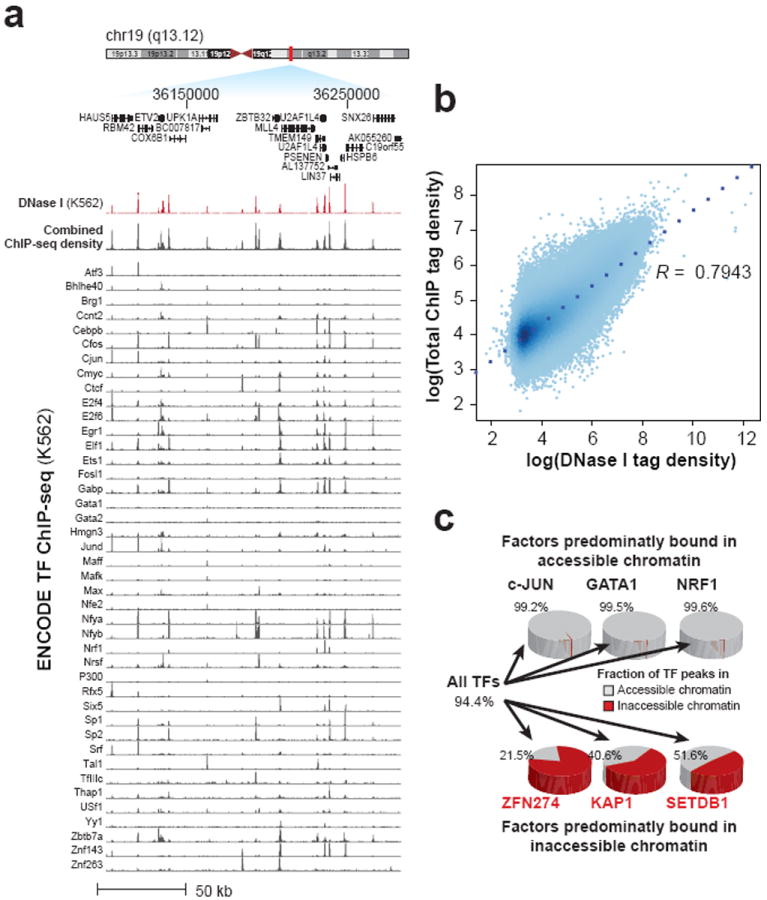
Chromatin accessibility biology summary
- Open chromatin usually coincides with active regulatory DNA
- ... but exact annotation or binding is not provided
- The advantage and disadvantage of ChIP seq is in its target. It also requires antibodies and provides more diffuse signal
- ATAC is pronounced 'attack'
Basic data analysis steps
- 1. Trim adapters (fastq -> fastq)
- 2. Align reads (fastq -> bam)
- 3. Shift reads (bam -> bam)
- 4. Call peaks (bam -> bed)
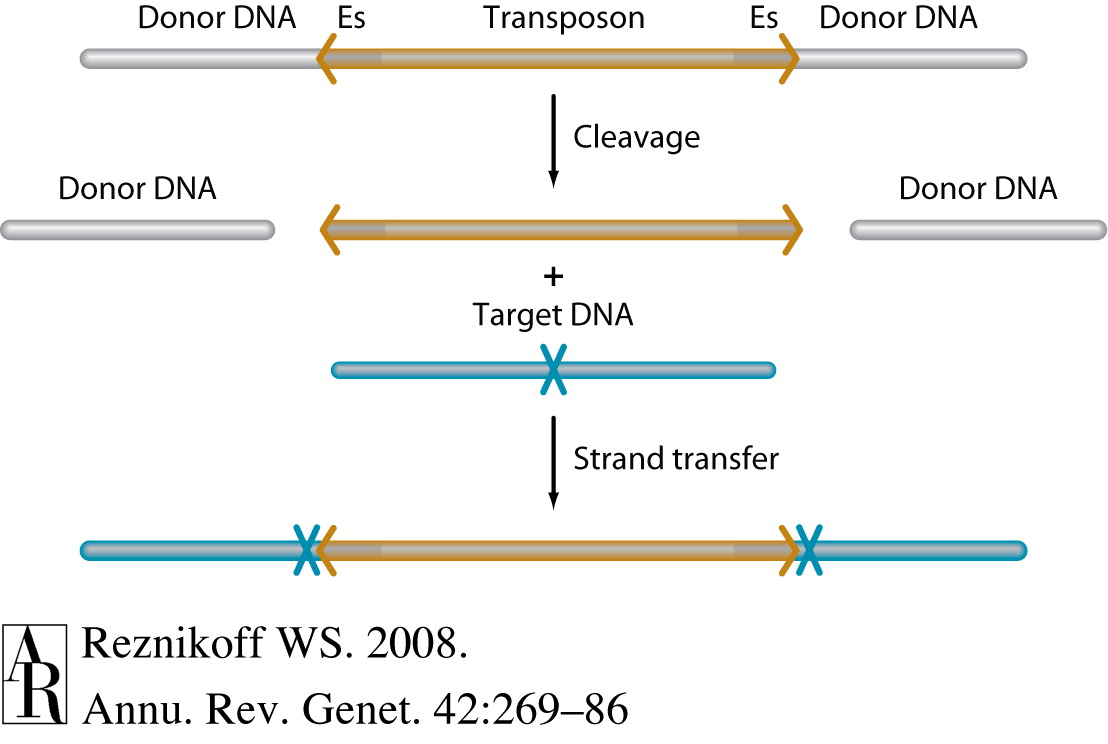
Tn5 molecular biology

Thank You
